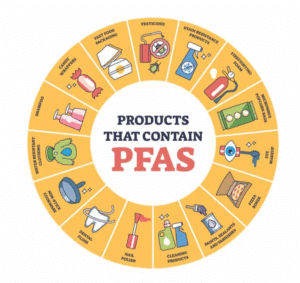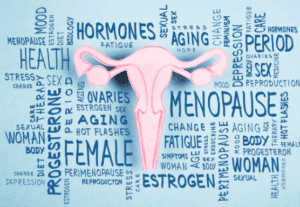The Keto diet is hard to follow.
#LCHF is a good alternative for those that have difficulty with Keto.
Insulin resistance is a key factor in weight gain/ fat storage. It means your body produces higher levels of insulin to keep your blood sugar levels normal.
Regardless of the cause, you are in a ‘fat storing state’. The more insulin you produce, the easier it is to store #fat.
The idea of snacking and grazing is a terrible idea for those with insulin resistance.
The idea of counting calories is even worse if you have #insulinresistance: because you may assume all calories are equal. You will not distinguish between calories from starch and carbs and sugars (quinoa, whole grain pasta, brown rice might be thought of as obvious better choices than pizza, chips and chocolate) versus calories from protein and fats and fibrous carbs (chicken, steak and salads and bacon).
When you have insulin resistance, it is best to have 2 – 3 meals a day (depending on if you subscribe to intermittent fasting or not). And no snacking.
Low Carb, High Fat (#LCHF)
Choose protein, which is usually attached to fat (eg. skin on the chicken, fat on the steak). Plentiful above the ground, lean veggies and more good fats like avocado or nuts or olive oil. You avoid hunger when you have adequate fat replacing the missing carbs on your plate.
The best source of meat that has safe fats to eat is naturally raised, grass fed and grass finished meat.
List of good fats to add to your plate:
- Avocados
- Nuts and seeds
- Olive oil
- Ghee
- Coconut oil
- Coconut milk/ coconut fat/ coconut cream
- Grape seed oil
- Avocado oil
- Lard/ tallow/ bacon fat from safe and naturally raised livestock
List of protein:
Whether it is beef, pork and chicken; fish or frogs legs or crickets and waxworms…..
How to choose your carbs:
Above the ground veggies. Eat as much as you like!
Name them: they’re on your list. Tomatoes, mushrooms, celery, peppers, cabbage… squashes and the list goes on.
Include these Below the ground vegetables and spices in generous amounts: onions, garlic, ginger, turmeric, fennel.
Reduce your intake to 1/4-1/2 cup per meal of other root vegetables: carrots, sweet potato.
Avoid potatoes: they are very high in starch.
Avoid grain and legumes: they are inflammatory and are carbs that get stored as fat.
Drink adequate water between meals.
Add salt to your meals: Natural, unprocessed salt.
Between the salt, water, and increased fats you will avoid hunger and feel satiated.



